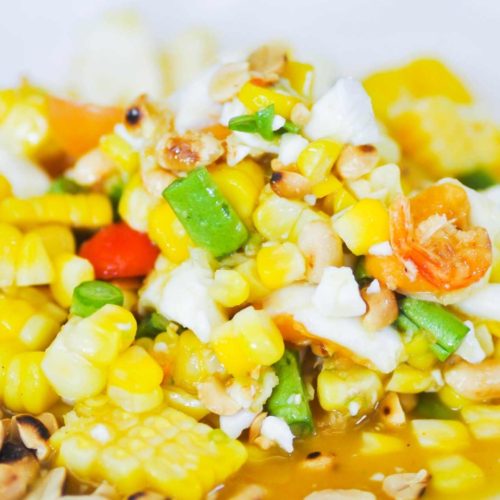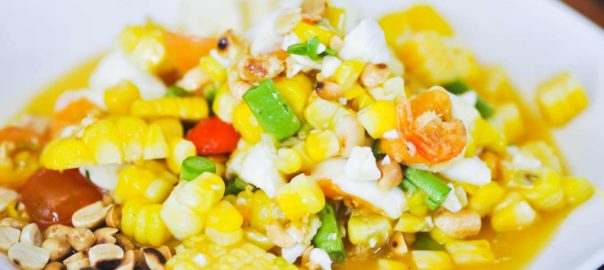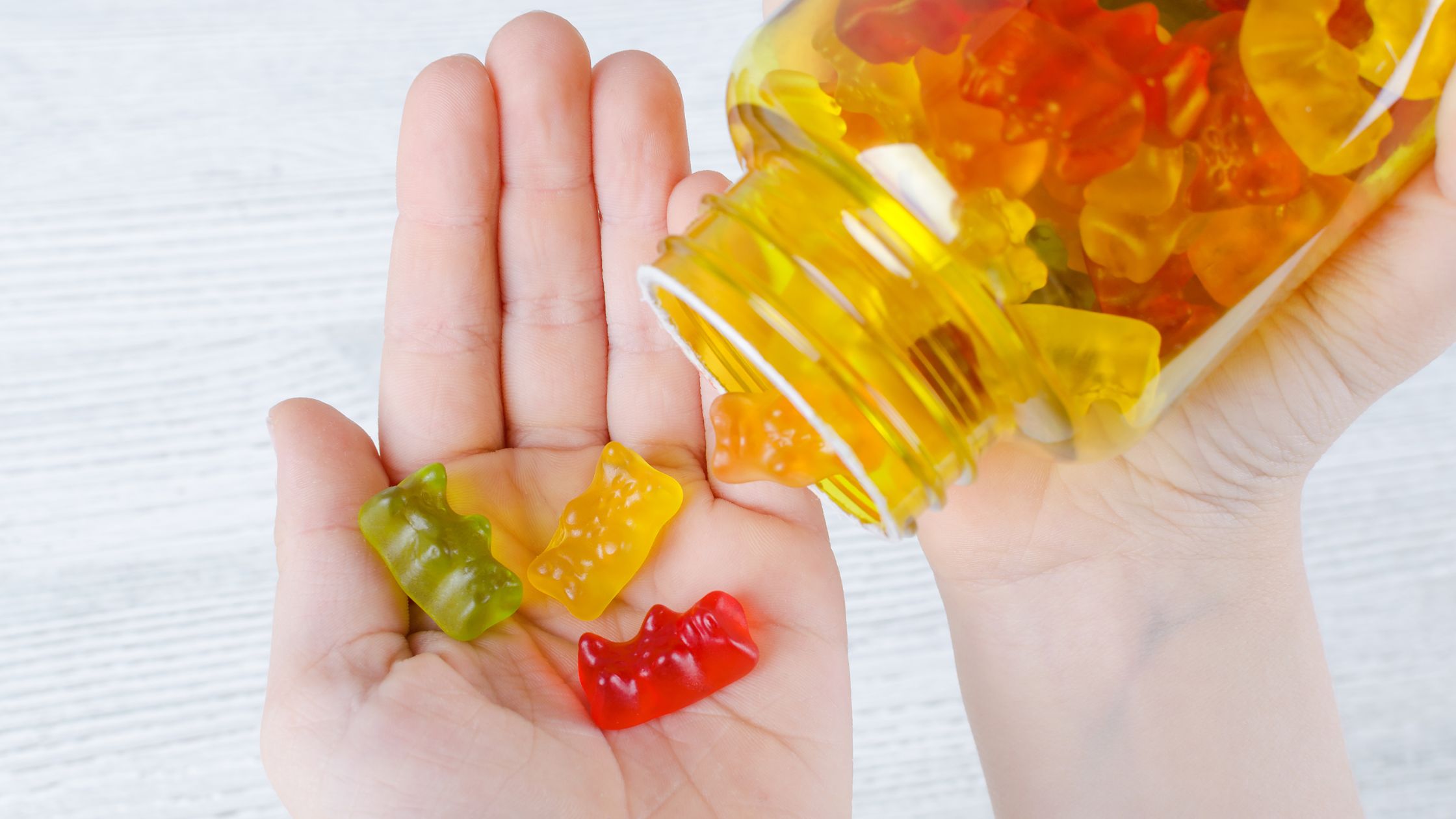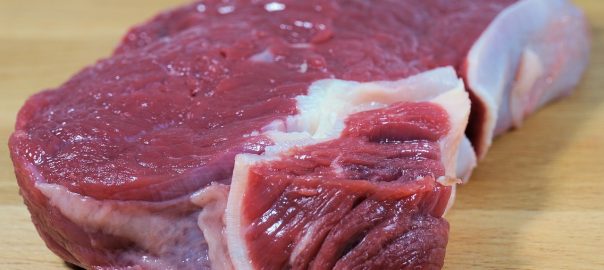Not that long ago I was working with a client, we were having a Pantry Party. For those who may not know, a Pantry Party is where I come to your house and we play in the pantry.
Working with you, based on your health goals, we go through the contents of your pantry and I help you understand what may be in there that really isn't food.
We talk about ways to get rid of those non-food choices, suitable substitutions, and overall nutrition education. I love Pantry Parties, they're a lot of fun, and my clients love them too.
This particular client happened to keep their vitamins in the pantry. At one point, as we were talking about a number of the negative ingredients in various food items, I happened to grab one of the vitamin bottles. That vitamin bottle brings us to today's blog entry.
It's important for you to understand that nutrition applies not only to food; it applies to whatever you put in your mouth. If you eat it or ingest it in any way, you need to be aware of the ingredients that are in it; because if it goes into your mouth it gets into your system. This includes Food, medicine, vitamins, mouthwash, and toothpaste.
Gummy Bear Vitamins
I am going to focus on one particular vitamin here but this information and thought process would apply to any supplement. First, I will start by saying I do not get the gummy-bears-as-vitamin concept. Sure, it sounds good in theory, make vitamins fun and perhaps more people will take them. But vitamins are not candy and we should not be thinking of them as equivalents.
I am, admittedly, a huge proponent of food as medicine; however I do recognize the potential need for supplementation. My theory is supplement, replete, and stop (having corrected the diet along the way). Gummy vitamins/supplements fall very low on my list because all of that sticky, candy residue stays on your teeth and creates a perfect environment for bacterial growth.
I know, I know, some of you are going to complain that gummy candies are fun and I shouldn't be such a spoilsport. I get that they're tasty and the chewiness is fun. But every day? Not a good habit to get into in my book.
This particular vitamin is meant for adults. It's a calcium supplement with vitamin D3.
On the plus side: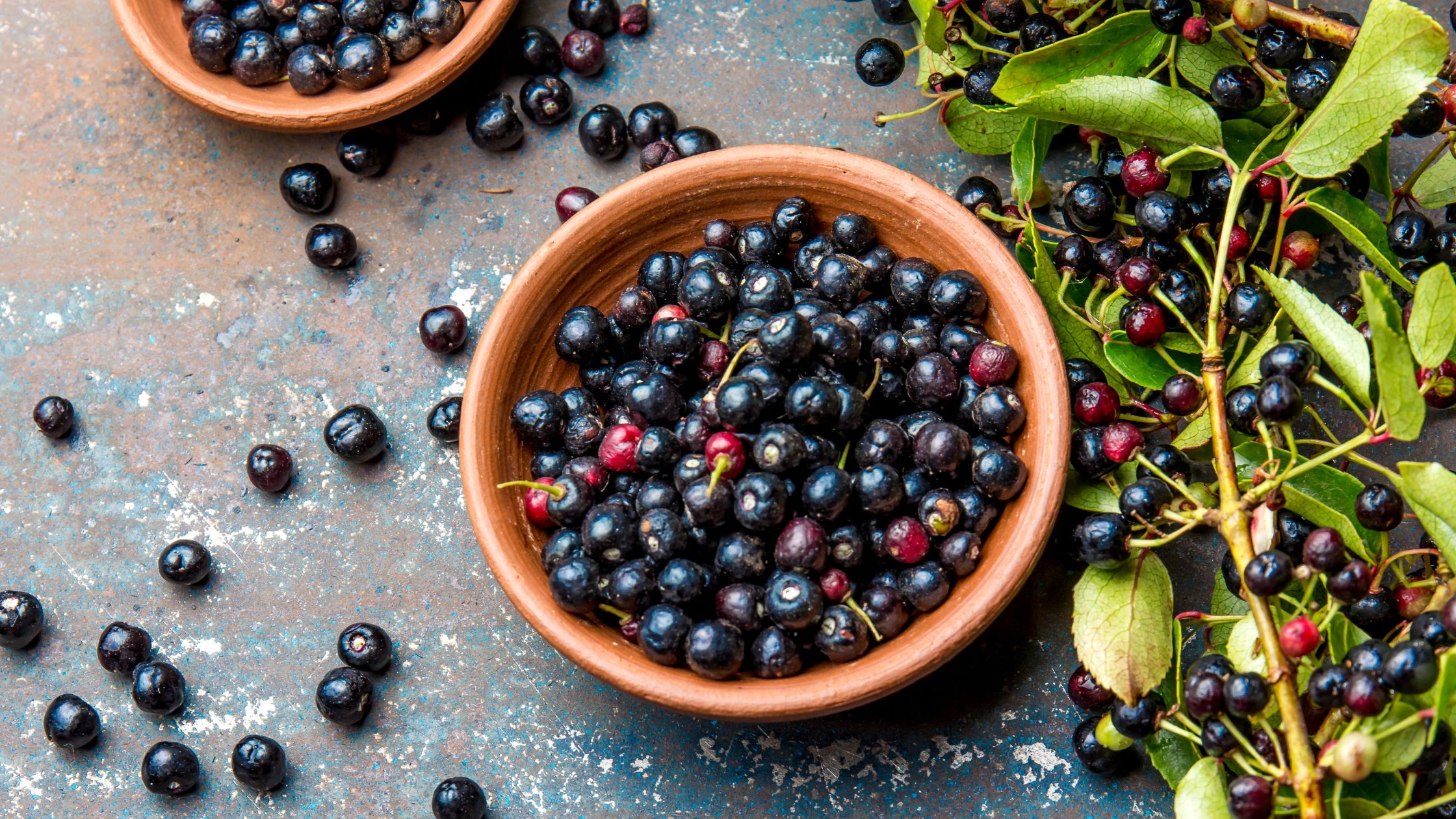
- Taking calcium with D3 is a good choice, the D helps the body to properly utilize the calcium and D3 is the better choice over D2.
- This supplement uses maqui berry (also known as Chilean winterberry) juice concentrate for color. A good choice because it's a fruit, however why go all the way to Chile? Why not use something like cherries or blackberries?
- The tricalcium phosphate is meant to provide the calcium supplementation. There is some debate about which forms of calcium are best, but leaving that out of the discussion this is not an unreasonable form.
And that brings us to the negatives with this product: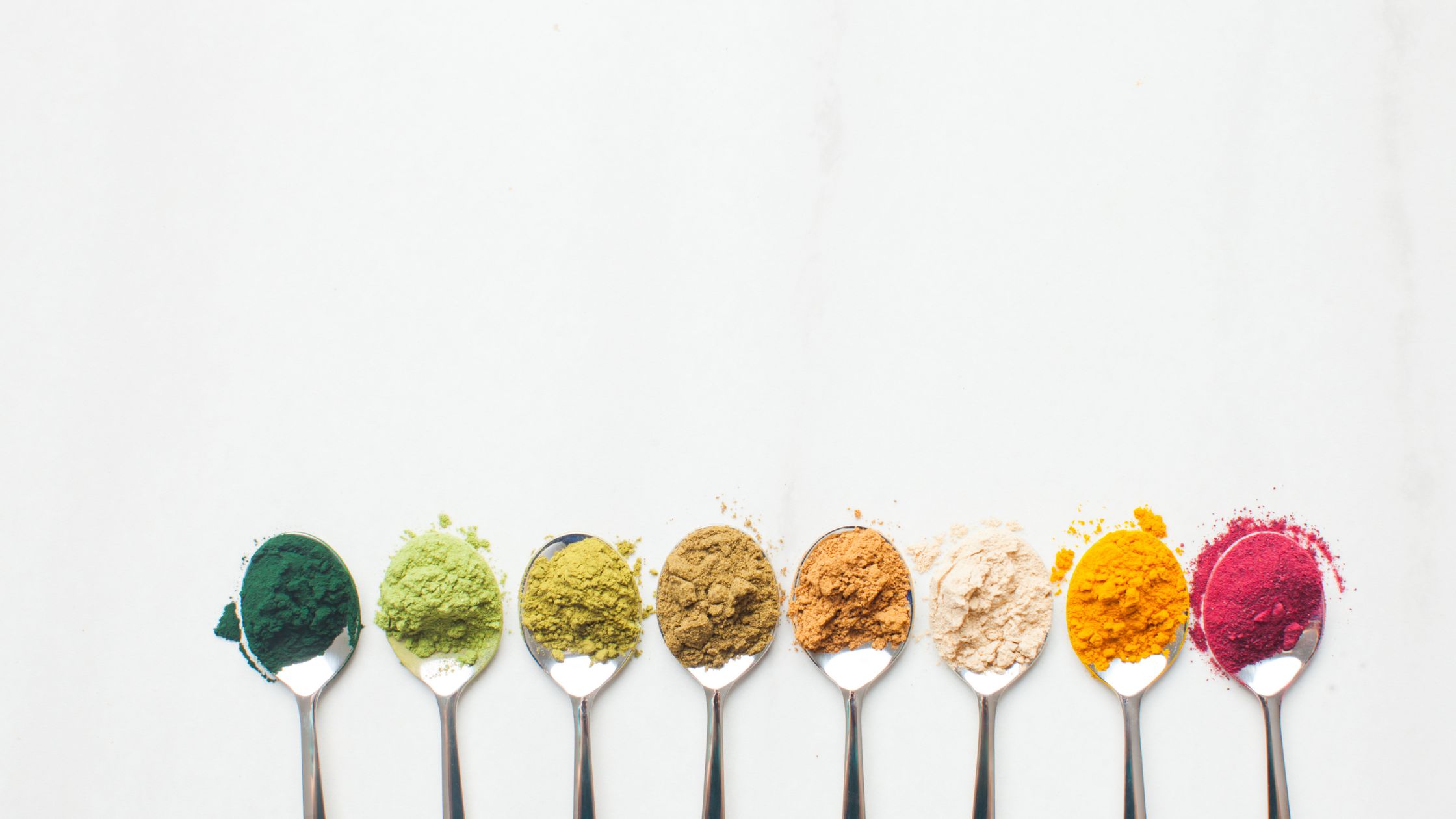
- The very first ingredient is corn syrup which is essentially a sugar.
- The second ingredient is sucrose, also known as table sugar.
- If we look at the nutrition label we see that this product provides 7 grams of sugar for two gummies. That's as much sugar as a 3.5 ounce cheese danish (not that I recommend you eat the danish either).
- The artificial flavoring, Yellow #6 and Red #40 are definite negative ingredients.
As many readers know, I am strongly opposed to artificial flavors and colors. The colors are made from petrochemicals. There is landmark study which shows a significant response among children who consumed artificial colors. I feel, quite strongly, that artificial colors are not good for anyone, child or adult, and need to be removed from our food. There are plenty of natural food color alternatives. But that's a blog post for another day. If you don't want them in your food (and believe me, you don't) then you certainly don't want them in your vitamins.
Inert or neutral ingredients would be the water, sodium citrate, citric acid and pectin. These are used to make the form, or body, of the candy. The citric acid is for flavor, the pectin is what makes it gummy.
Overall that makes this not a great choice if you are looking to supplement your calcium. Considering the food as medicine concept, it is important to remember that if you eat right you can, in fact, support your health with food. One study from 2007 concluded that, "Calcium from dietary sources is associated with a shift in estrogen metabolism toward the active 16α-hydroxyl metabolic pathway and with greater BMD and thus may produce more favorable effects in bone health in postmenopausal women than will calcium from supplements."
Am I telling you not to take supplements? Absolutely not, that's a decision that you need to make for yourself, in combination with all of your health professionals. But I am strongly suggesting that instead of trying to supplement your calcium with candy you may want to consider adding foods that are high in calcium to your diet. Obviously this includes dairy, but for non dairy sources consider the following foods:
salmon, sardines, collard greens, spinach, turnip greens, okra, white beans, broccoli, Brussels sprouts, and sesame seeds
Update: I just found this article stating calcium supplements may not be good for your heart, possibly even leading to cardiac arrest. Especially if you are a woman. The article points out that the body handles calcium very differently (and very well) when it comes from food sources. The rush of calcium to the system from supplements however may not be so beneficial. One of the study researchers, Dr. Ian Reid was quoted as saying,"A reassessment of the role of calcium supplements in osteoporosis management is warranted."
Want to connect with me for a Pantry Party? Send me an email.
